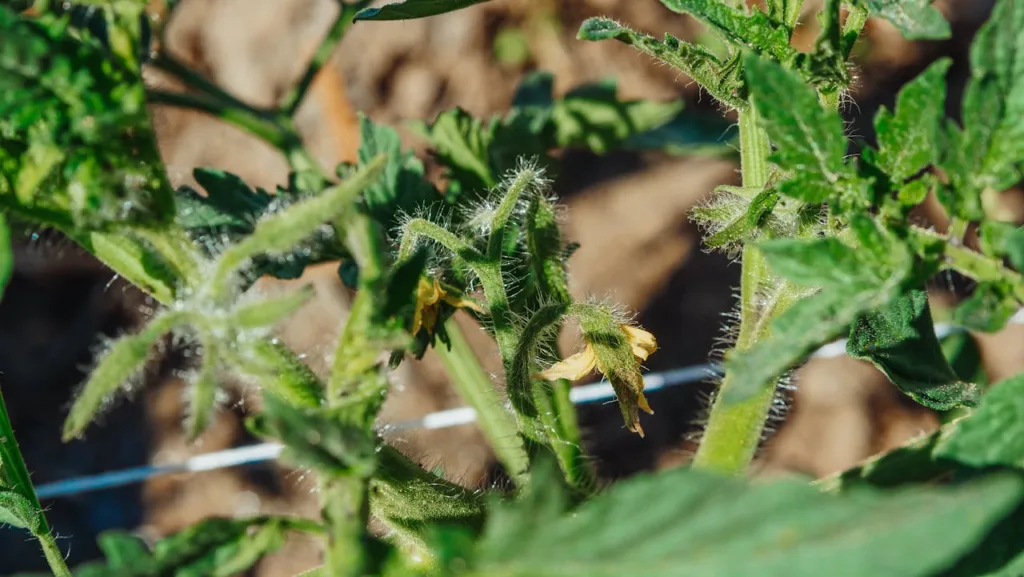Growing your own vegetables in containers offers numerous benefits. Whether you’re short on space or want a more manageable gardening experience, container gardening makes it possible to enjoy fresh, homegrown produce.
Table of Contents
Here are some of the advantages of growing vegetables in containers:
Benefits of container gardening
- Space Efficiency: Perfect for small spaces like apartments, terraces, or balconies.
- Control Over Soil: You can control the quality of the soil and reduce exposure to pests.
- Mobility: Containers are easy to move around to ensure your plants get the best sunlight.
- Better Drainage: Containers provide excellent drainage, preventing root rot and overwatering.
- Fewer Weeds: Since containers are isolated from the ground, weeds are easier to manage.
Things to know before starting container gardening
Before you start, there are a few essential items you’ll need:
- Containers: Large pots, buckets, or any suitable container with drainage holes.
- Good Potting Mix: A nutrient-rich mix is vital for container plants.
- Fertilizers: Provide essential nutrients to your plants for healthy growth.
- Watering Can: To ensure your plants receive the proper amount of water.
- Seeds or Seedlings: Choose vegetables suited for container gardening.
1. Tomatoes
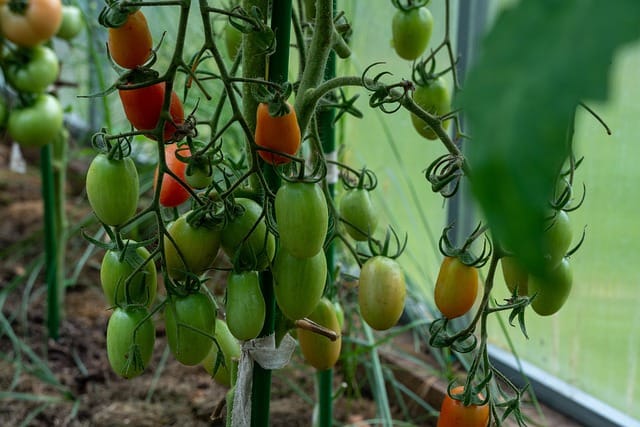
Tomatoes are one of the most popular vegetables to grow in containers. They thrive in sunny areas and offer a high yield even in small spaces.
Pros:
- High yield in limited space.
- Varieties like cherry tomatoes are perfect for pots.
Cons:
- Require regular watering and attention to prevent diseases.
- Need a lot of sunlight (6-8 hours a day).
What to Do: Ensure the container is at least 18 inches deep for root development. Use a trellis or stakes to support the plant.
2. Lettuce
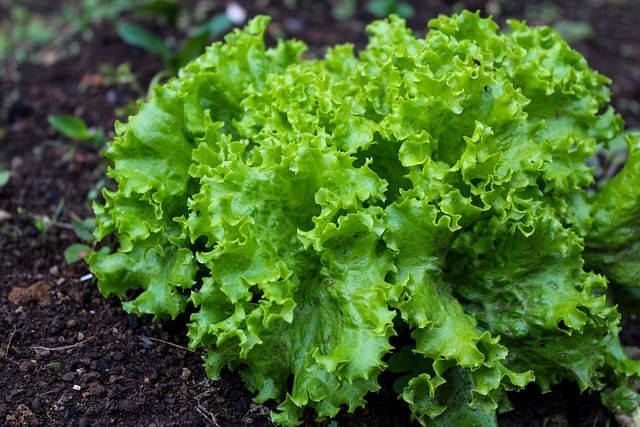
Lettuce is easy to grow in containers, and it’s ideal for cooler climates or shaded areas.
Pros:
- Quick-growing and suitable for beginners.
- Ideal for small containers and shaded spaces.
Cons:
- Can bolt (go to seed) in hot weather.
- Needs regular harvesting to encourage new growth.
What to Do: Plant in shallow containers, ensuring good drainage and regular watering to keep the soil moist.
3. Spinach
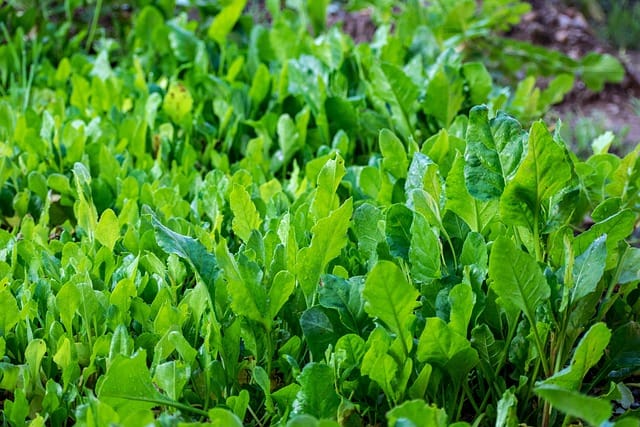
Spinach thrives in containers, particularly in cool weather. It’s an excellent choice for those new to gardening.
Pros:
- Easy to grow and fast-growing.
- Can be grown in partial shade.
Cons:
- Prefers cooler temperatures and may bolt in heat.
- Needs regular watering and care.
What to Do: Plant in medium-sized containers and water consistently to keep the soil moist.
4. Radishes
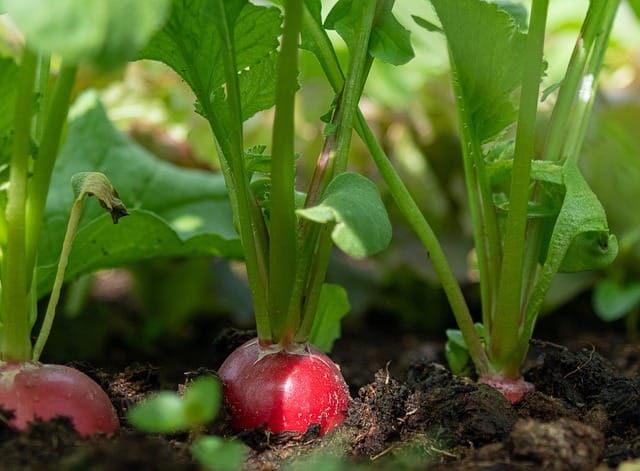
Radishes grow quickly and are ideal for container gardening, especially for beginners.
Pros:
- Fast-growing and perfect for small spaces.
- Thrives in almost any container.
Cons:
- Needs frequent harvesting to avoid becoming woody.
- Can be affected by pests like aphids.
What to Do: Plant in deep containers with loose, well-draining soil for fast root growth.
5. Herbs (Basil, Parsley, Mint, etc.)
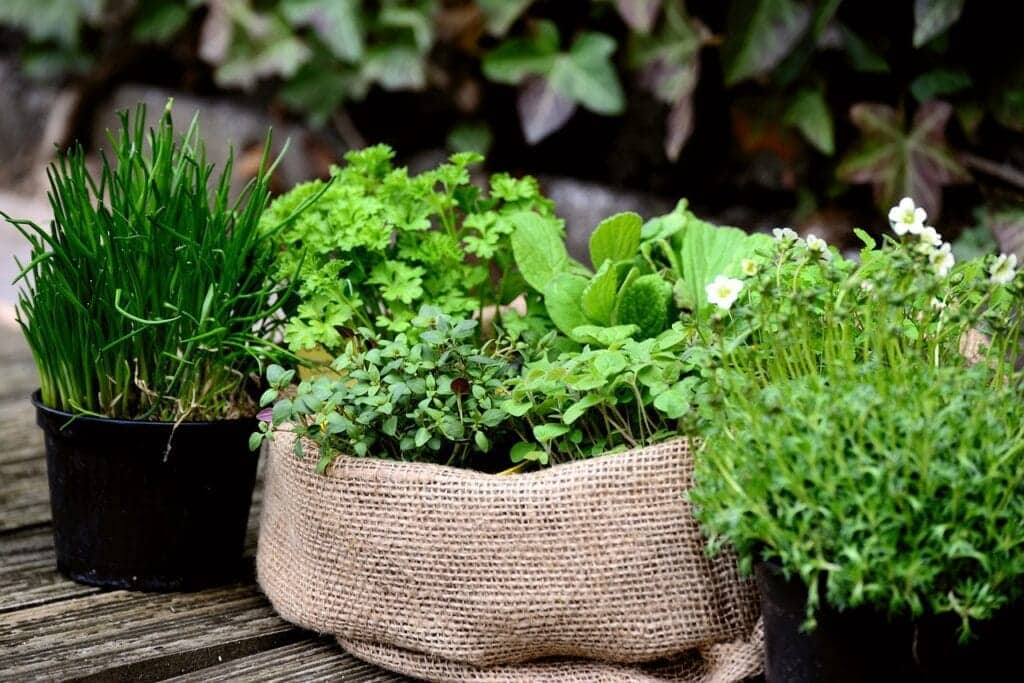
Herbs are great for container gardening, as they don’t require a lot of space and can thrive on a balcony or windowsill.
Pros:
- Easy to care for and ideal for small spaces.
- Provide fresh, flavorful additions to your meals.
Cons:
- Some herbs, like mint, can become invasive in containers.
- Require consistent watering and good sunlight.
What to Do: Use smaller containers for each herb, ensuring they have plenty of drainage.
6. Carrots
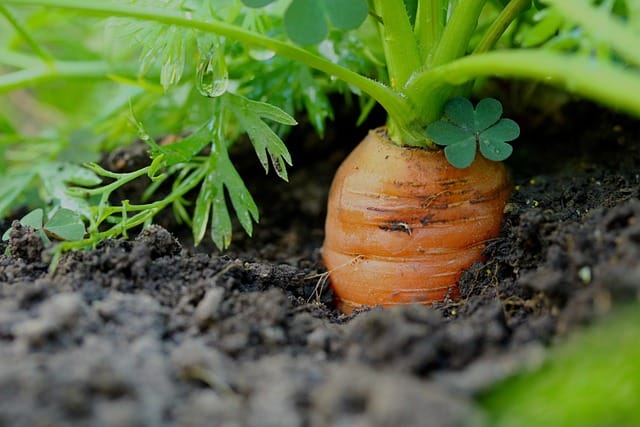
Carrots can be successfully grown in deep containers, offering an easy way to enjoy homegrown root vegetables.
Pros:
- Requires little maintenance once planted.
- Ideal for growing in small, deep containers.
Cons:
- Needs consistent watering to prevent the roots from cracking.
- Can be slow-growing.
What to Do: Choose containers that are at least 12 inches deep to allow for proper root growth.
7. Peppers
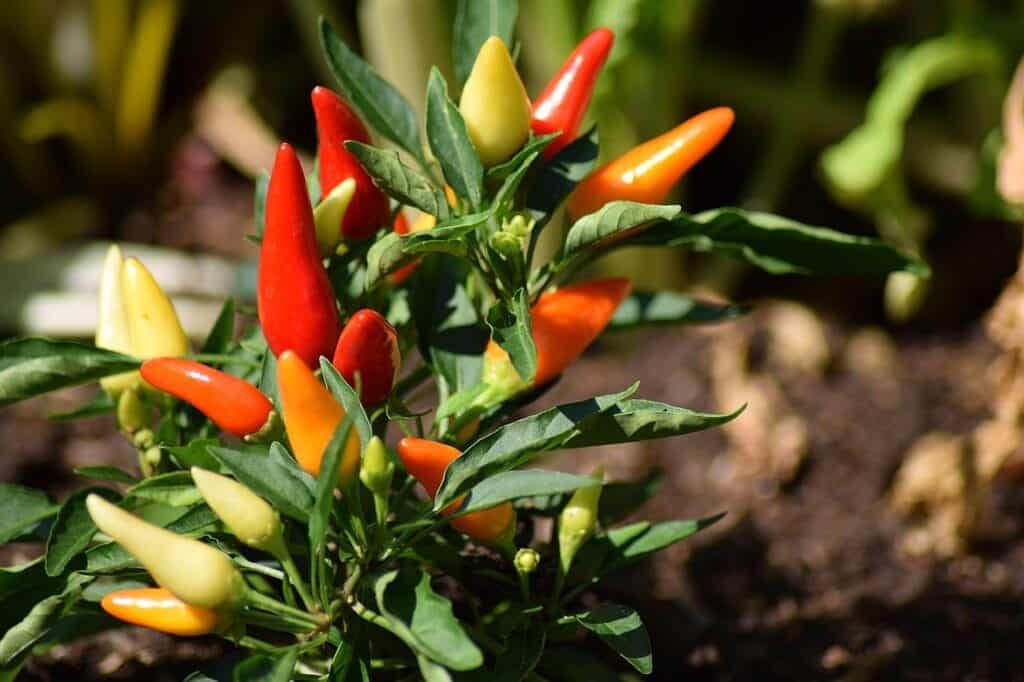
Peppers, both sweet and hot, thrive in containers and can produce a significant amount of fruit.
Pros:
- Ideal for sunny spots and small spaces.
- Great for container gardening and can be moved as needed.
Cons:
- Require a lot of sunlight and warm temperatures.
- Sensitive to overwatering and pests.
What to Do: Use large pots to accommodate the roots and provide regular feeding with a balanced fertilizer.
8. Green Beans
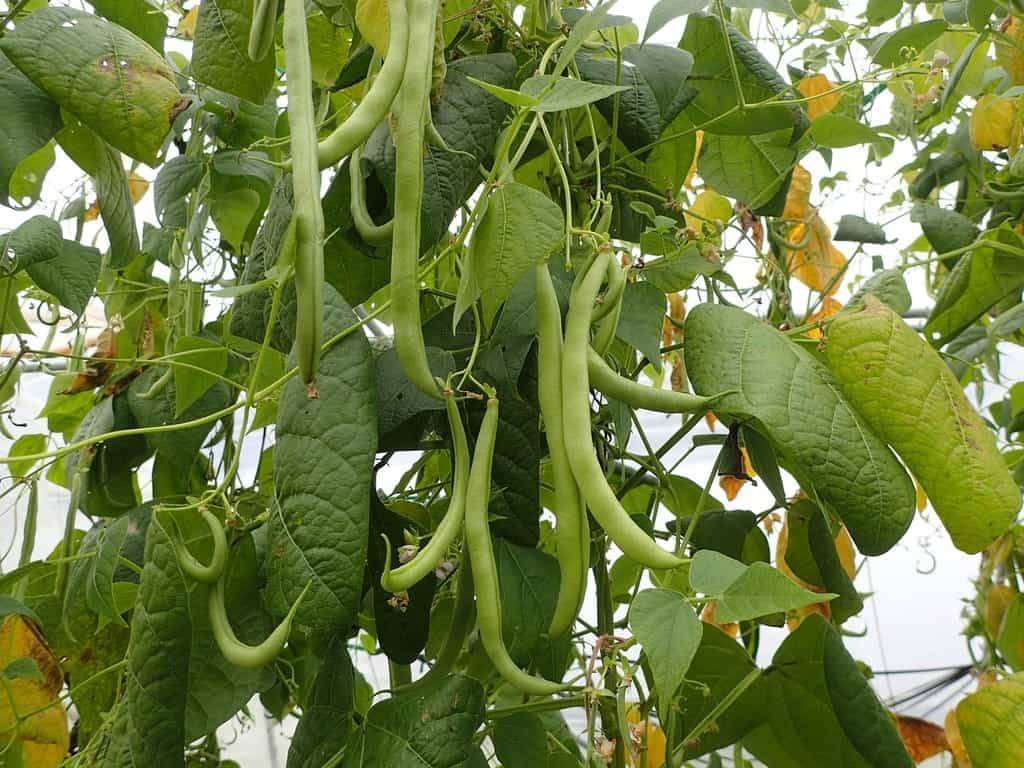
Green beans are another excellent option for container gardening, offering high yields in small spaces.
Pros:
- Quick-growing and suitable for vertical gardening.
- Great for both beans and ornamental purposes.
Cons:
- Need support like trellises to grow properly.
- Require consistent watering to avoid dry soil.
What to Do: Plant in tall, deep containers and provide a trellis or stakes for support.
9. Cucumbers
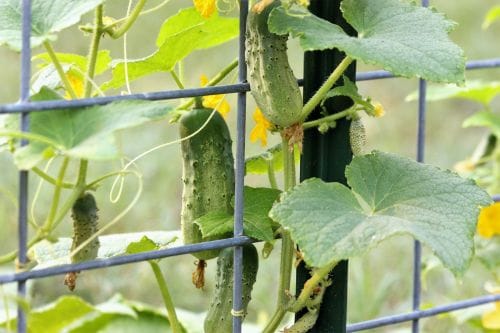
Cucumbers can also be grown in containers, making them perfect for small urban gardens.
Pros:
- Ideal for warm temperatures and sunny spots.
- Quick-growing and can yield a large harvest.
Cons:
- Require a lot of space for vines to spread.
- Prone to pests like aphids and cucumber beetles.
What to Do: Provide a trellis for vertical growth and water consistently to keep the soil moist.
10. Zucchini
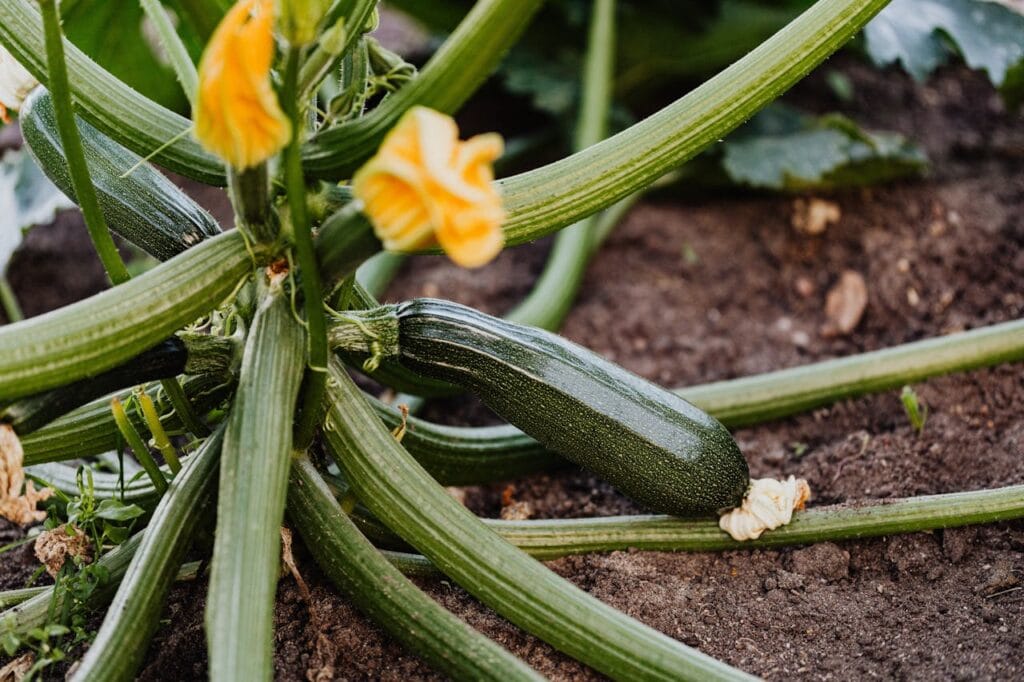
Zucchini is a prolific plant that thrives in large containers and provides abundant fruit.
Pros:
- Easy to grow and very productive.
- Perfect for large containers with good drainage.
Cons:
- Takes up a lot of space, so it needs larger containers.
- Can be prone to powdery mildew and other fungal diseases.
What to Do: Use large containers (at least 18 inches deep) and provide adequate sunlight.
11.Bell pepper
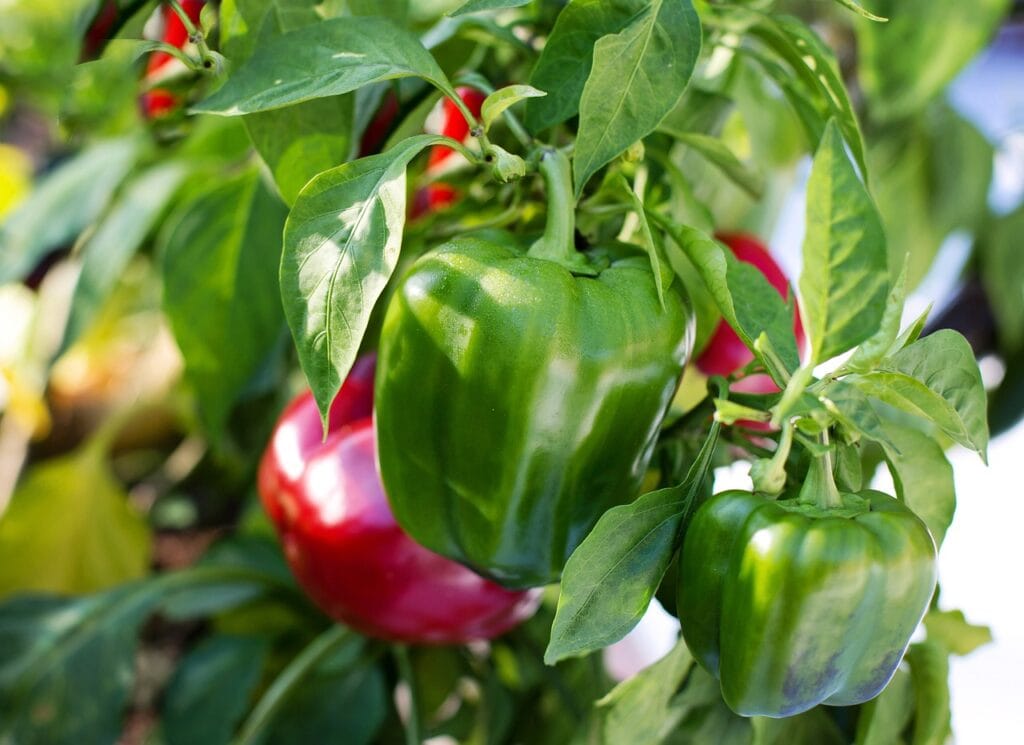
Bell peppers, also known as sweet peppers, are excellent for container gardening. They add color to your garden and provide a nutritious, homegrown harvest.
Pros:
- Perfect for small spaces and balcony gardens.
- Can be moved to optimize sunlight exposure.
- Produces a good yield with proper care.
Cons:
- Requires consistent warmth and full sun.
- Susceptible to overwatering and diseases like blossom end rot.
What to Do:Use a large pot (at least 12 inches deep) with well-draining soil. Keep the soil moist but not soggy, and feed with a balanced fertilizer every few weeks for the best results.
FAQs
• Can I grow vegetables in any type of container?
You can grow vegetables in most containers, as long as they have drainage holes. Common choices include plastic, clay, or fabric pots. Just make sure the container is large enough to accommodate the plant’s root system.
• How often should I water vegetables in containers?
Container plants generally need more frequent watering than those in the ground. Ensure the soil remains moist but not soggy. Check your plants daily, especially during hot weather.
• Do I need special soil for container gardening?
Yes, it’s best to use a high-quality potting mix designed for container gardening. Regular garden soil can become too compacted and may not drain properly.
• Can I grow vegetables indoors in containers?
Yes! Many vegetables, like herbs, leafy greens, and small peppers, can be grown indoors. Make sure they receive enough sunlight, or use grow lights if necessary.
• What is the best time to start growing vegetables in containers?
The best time to start depends on the vegetable and your climate. Most vegetables can be planted in containers after the last frost in spring when temperatures are warmer.




